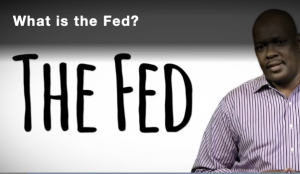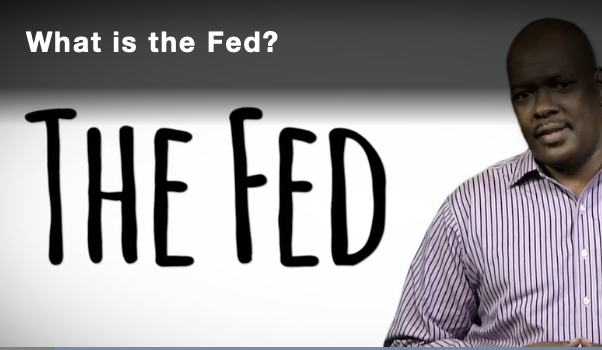…as M2 money supply begins to decrease as the inflation tax becomes the interest rate tax

After accommodating the greatest monetary expansion in American history during Covid production slowdowns, lockdowns and temporary pandemic unemployment the American people found themselves in 2020, in which the Federal Reserve set interest rates to near-zero and the M2 money supply increased by about $6 trillion, the past year, the Federal Reserve has been slowing down its purchases of treasuries and hiking interest rates.
As a result of the tightening, the M2 money supply has actually begun to decrease from $22.05 trillion in April 2022 to its current level of $21.37 trillion, about a 3.1 percent decline. The decrease is modest in comparison to the initial expansion: it went from $15.3 trillion at the end of 2019 to the peak of $21.37 trillion, a 39. 7 percent increase.
The impact of the production halts and lockdowns, coupled with the monetary stimulus, was inflation, which peaked at about 9 percent in June 2022. Literally too much money chasing too few goods.
Now we’re on the other side of the peak inflation—for now as the 12-month inflation number is at 6.4 percent now—and so now the economy is looking to correct itself.
Historically, decreases in the money supply have an implied deflation attached to it. Sure enough, on the inflation front, prices are cooling. Too much deflation, and you get recessions, in some cases really bad ones like the Great Depression and the 2008-2009 financial crisis.
Which is why, after both the Great Depression and then the Great Inflation of the 1970s, policy makers have opted for price stability as the conditions that foster the most sustainable economic growth, aiming for a 2 percent inflation target. The Fed’s policy instruments always included interest rates and treasuries purchases. Mortgage-backed securities were added to the mix in 2008 and 2009 by former Fed Chairman Ben Bernanke, and massive quantitative easing.
In the current cycle, the Fed is still hiking interest rates in a bid to knock inflation back down to 2 percent. That means more tightening. If it comes amid dollar strengthening simultaneously, it could hit asset prices pretty hard, but as it is, the dollar has been weakening the past several weeks as investors sell off higher interest rate treasuries, which recently peaked at 4.2 percent in October. As of this writing, they’re about 3.5 percent.
As it is, the Fed’s policy rate is now effectively 4.1 percent.
But as further Fed interest rate hikes are tallied up, that can once again put upward pressure on treasuries and mortgage interest rates, until inflation crashes and then interest rates subside (at which point the Fed historically begins easing again). If banks have to borrow more to buy treasuries, even if only to sell them again on the secondary market, it increases the costs in dealing treasuries, which can drive rates higher. Interest rates would have risen anyway, so what the Fed does in business cycles is to accommodate but also to regulate that process to prevent unintended outcomes such as debt deflation.
Whether it’s a hard landing or a soft landing for the U.S. economy, that still means that upheavals in labor markets could still be ahead of us. All other factors, such as the inverted 10-year, 2-year spread, recent decreases in the Gross Domestic Product, the runup and then slowdown of inflation presently being seen and peak employment by the historically low 3.5 percent unemployment, all point to a business cycle that has ended. Usually that means recessions.
But with the Baby Boomer retirement wave still washing over the U.S. economy, any volatility in labor markets might be muted. On the other hand, the retirement wave was already underway in 2020, and when the Covid asteroid hit the global economy, U.S. labor markets temporarily lost 25 million jobs in the blink of an eye. So, the possibility of a larger event—perhaps brought on by Russia’s invasion of Ukraine—still looms.
The truth is, with all of the flocks of black swans flying around these days, there is still massive uncertainty in markets about both the impacts of Fed tightening, the cooling of inflation and future outlooks. With prices still elevated and now interest rates higher, the costs of debt service will eat into household budgets—which, by the way, is how the money supply gets destroyed. We printed all that money for Covid and now the pandemic is over.
Now comes the tax.
Robert Romano is the Vice President of Public Policy at Americans for Limited Government Foundation.

